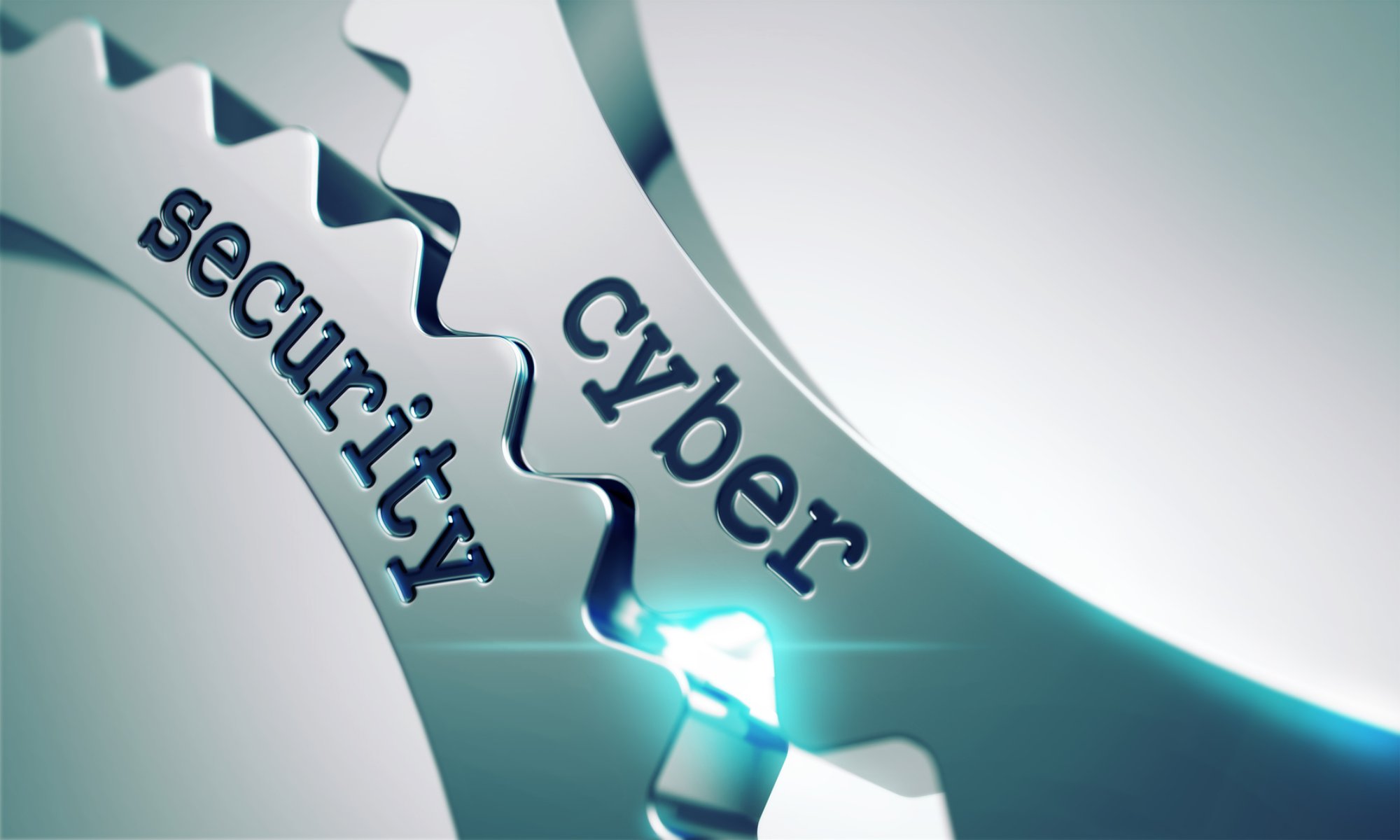Viruses, Rootkits, Adware and How to Protect Your Tech Environment
As technology use increases due to people using computers and Internet access for business and personal reasons, there has also been an increase in malicious software (or “malware”). Malware is most known for its ability to wreak havoc on both a user’s computer and the network that it has infected.
While some problems caused by malware infection often include such annoyances as computer and network slowness, more serious problems include network breaches facilitated by malware on company computers.
Types of Malware
There are several types of malware, the most common of which are viruses, worms, trojans, and rootkits.
Viruses and Worms: Both viruses and worms are infectious, which means that they can and will spread to other computers. Viruses spread when they are accessed or run, while worms can spread without additional user intervention.
Trojans and Rootkits: These are malware programs that conceal their true identity. Trojans are usually embedded in another program and are installed by a user who does not realize what they are installing is harmful. Rootkits are a means of hiding the malware from the user. A rootkit allows the program the ability to continue by either hiding within the operating system or by thwarting attempts at removal if detected.
How Malware Gets In
Malware can be introduced into a network in a number of different ways. Users are often unaware that they have allowed malware onto their computer and network until it is too late. Common infection scenarios include downloading e-mail attachments from an unknown source, downloading files on the Internet, or visiting untrusted websites.
To ensure and protect the integrity of your network, you need to reduce the threat of malware. Here are some tips to help:
- Install an antivirus program that runs in the background on all your computers. While not fool-proof, an antivirus program is a great way to protect against known viruses
- Instruct users not to open email attachments from an unfamiliar source. This is a simple way to protect your network from malware.
- Limit the sites that users are able to access using a firewall. Certain websites (including illegal software, music download sites, and adult websites) are much more likely to have malware lurking in their coding.
- Place strict limits on what can and cannot be downloaded from the Internet. Defining what can be downloaded can greatly reduce your business’s risk of being infected with malware.
- Consider reducing the privilege level of users on their individual computers. Many malware programs require administrator level access to make malicious changes to a hard drive, but most user applications do not need this high level of access.
1 comment so far
IT consultant services TorontoPosted on5:24 am - Nov 7, 2012
Nice guidelines I think by using Linux we can handle and harmful Viruses. Often, even if we do catch a virus, it’s not so difficult to eradicate it using installed antivirus—but if your system has been crippled, try using Linux to scan the drive for viruses instead.

About the author